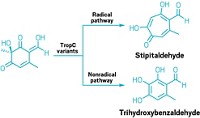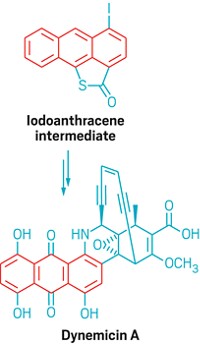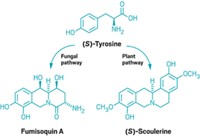Advertisement
Grab your lab coat. Let's get started
Welcome!
Welcome!
Create an account below to get 6 C&EN articles per month, receive newsletters and more - all free.
It seems this is your first time logging in online. Please enter the following information to continue.
As an ACS member you automatically get access to this site. All we need is few more details to create your reading experience.
Not you? Sign in with a different account.
Not you? Sign in with a different account.
ERROR 1
ERROR 1
ERROR 2
ERROR 2
ERROR 2
ERROR 2
ERROR 2
Password and Confirm password must match.
If you have an ACS member number, please enter it here so we can link this account to your membership. (optional)
ERROR 2
ACS values your privacy. By submitting your information, you are gaining access to C&EN and subscribing to our weekly newsletter. We use the information you provide to make your reading experience better, and we will never sell your data to third party members.
Pharmaceuticals
Natural Product Syntheses Analyzed
by Stu Borman
August 15, 2011
| A version of this story appeared in
Volume 89, Issue 33
Researchers have figured out how the bacterial natural products platensimycin and platencin are biosynthesized by analyzing their biosynthetic gene clusters in detail. Platensimycin and platencin are fatty acid synthase inhibitors discovered in 2006 and 2007 by researchers at Merck & Co. They were initially identified as antibiotic agents, but platensimycin was later found to have potential for treating diabetes and related metabolic disorders as well. Ben Shen of Scripps Research Institute, in Jupiter, Fla., and coworkers have now analyzed the gene clusters bacteria use to biosynthesize the two compounds (Proc. Natl. Acad. Sci. USA, DOI: 10.1073/pnas.1106919108). They find that platensimycin’s gene cluster produces an ent-kaurene unit (red), whereas platencin’s creates ent-atiserene. Two bonds are broken (green) in each of these compounds, and each is then added to a 3-amino-2,4-dihydroxybenzoic acid moiety (black) common to both natural products. The study could aid combinatorial biosynthesis efforts to produce analogs of platensimycin and platencin for drug discovery.





Join the conversation
Contact the reporter
Submit a Letter to the Editor for publication
Engage with us on Twitter